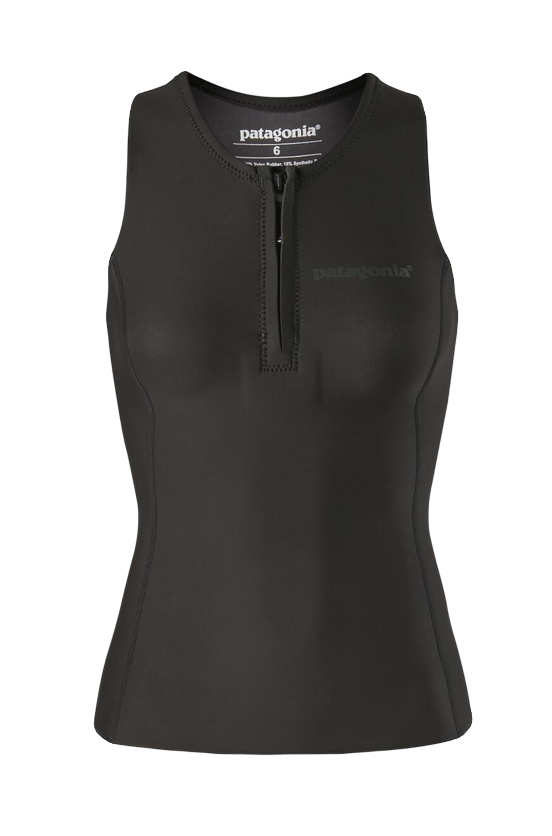5 Ways to Be an Eco-Friendly Surfer
- juliafay6

- Mar 25, 2020
- 4 min read
Updated: May 11, 2020
Detailed below are five changes anyone can make in order to make surfing a sustainable sport from start to finish.

While the green movement has been around for decades, it only recently started gaining traction in the surf industry in the past few years. This seems ironic, as surfing is pretty much as minimal and natural a pursuit as one can have.
After all, it’s only a person, the ocean, and a board—there isn’t much in the way of experience that is more natural than surfing. However, as simple and nature-based as our obsession is, the few tools necessary for it—and the closets full of branded clothing that we buy in order to assert our level of “surfyness”—are disturbingly toxic and environmentally unsound. From surfboards, leashes, wax, board shorts, and neoprene wetsuits, our accessories drip crude oil like sinuses drip salt water.
Fortunately, recent advancements in technology paired with a growing consumer interest in sustainability has sparked an industry-wide push toward finding a more environmentally conscious way to build modern surf-wear. While these options are becoming more and more readily available, people are still unaware that their gear is harming the environment or that these alternative options even exist! Detailed below are five easy changes any person can make in order to make surfing a sustainable and clean sport.
1. Surfboards
Traditional surfboards are made with hazardous chemicals that can harm coral reefs and that leave a large carbon footprint behind. Since the 1950’s, the majority of boards have been made with three primary ingredients: a foam core, fiberglass cloth, and resin. The fiberglass cloth covers the foam core and gets hardened using resin. Not only are these ingredients toxic, but the process of putting these ingredients together to form the board is known to be an environmental and human health hazard. Luckily, new technology has allowed multiple brands to create sustainable boards that can also perform. Some of the most popular brands in this market include:
1. Spooked Kooks
2. Organic Dynamics

These boards are made from waste polystyrene that are sourced from buildings that have been demolished due to earthquake damage. All waste is recycled by Richard at polypalace. They also use Entropy Bio-resin to coat their boards. It's made using green chemistry techniques and has less than half the environmental impact of other epoxies.
3. Firewire

2. Wetsuits
Other surfing gear are also commonly made with toxic materials or non-recyclables as well. The main ingredient in wetsuits is neoprene, which is made from dangerous chemicals that get released during the manufacturing process. In addition, these chemicals can leak out into the water when surfing and harm delicate ecosystems such as coral reefs. When these suits are disposed of they also release hydrogen chloride into the air, which then forms hydrochloric acid and is harmful for humans to breathe.
A “green” wetsuit has long been the holy grail of environmental surf technology and after a decade of refinement we seem to have found a viable option. This is thanks to Patagonia, who released a line of wetsuits that use FSC-certified hevea rubber, a natural rubber sourced from the Hevea brasiliensis tree. With the help of a Guatemalan workforce that works under fair labor conditions in a socially beneficial subindustry to collect natural latex in a sustainable manner, Patagonia has been able to completely phase the use of neoprene out of their wetsuits. Since this latex is produced in trees and then refined through a water-based process, the rubber in these suits results in up to 80% less CO2 emissions than neoprene. Not only is the rubber produced from renewable materials, but it is also substantially better for the atmosphere.
Patagonia's Yulex Wetsuit Line:
3. Wax
Surfboard wax is an essential part of surfing as it’s what keeps surfers from slipping off the board. Unfortunately, these waxes are often infested with petrochemicals that then end up in the sand or ocean. While 95% of the market contain these chemicals, there are a options available that are soy-based and/or petroleum free. Some popular options include:
Surf Organic Surf Wax: Surf Organic Surf Wax is made from a blend of renewable and high-performance ingredients and is packaged with 100 percent recycled materials. Unlike traditional surf wax, which is made with petrochemical ingredients, Surf Organic’s main ingredient is soy wax which is biodegradable and environmentally friendly.
Matunas Surf Wax: non-toxic, biodegradable, petroleum-free, nonsynthetic, and eco-friendly surf wax. It is made using local ingredients in California.
4. Sunscreen
As any beach goer knows, sunscreen is a must. This is why, according to the National Park Service, 4,000 to 6,000 tons of sunscreen enter reef areas annually. While there are now tons of cleaner options, must sunscreens contain ingredients that are toxic to coral reefs (an already suffering ecosystem) and many other important marine ecosystems that are vital for ocean creatures. Spray sunscreens are a large part of this problem as so much of it lands on the sand or in the water when we use it.
Make sure to use eco-friendly sunscreens that don’t contain chemicals such as oxybenzone and try to only use sunscreens that you can lather onto your skin instead of spraying it onto your body. Although no sunscreens have been found to be 100% safe for coral reefs, those with titanium oxide or zinc oxide as the active ingredients have proven to be the safest for the corals while still maintaining the level of protection necessary to defend against skin cancer.
5. Awareness of Your Surroundings
A few other ways you can practice being an environmentally conscious surfer is simply by paying attention to your surroundings. If you see trash littering the beaches, take a minute to pick some of it up. If you live far away from the beach, consider carpooling with friends or finding a more sustainable way of getting there.















Comments